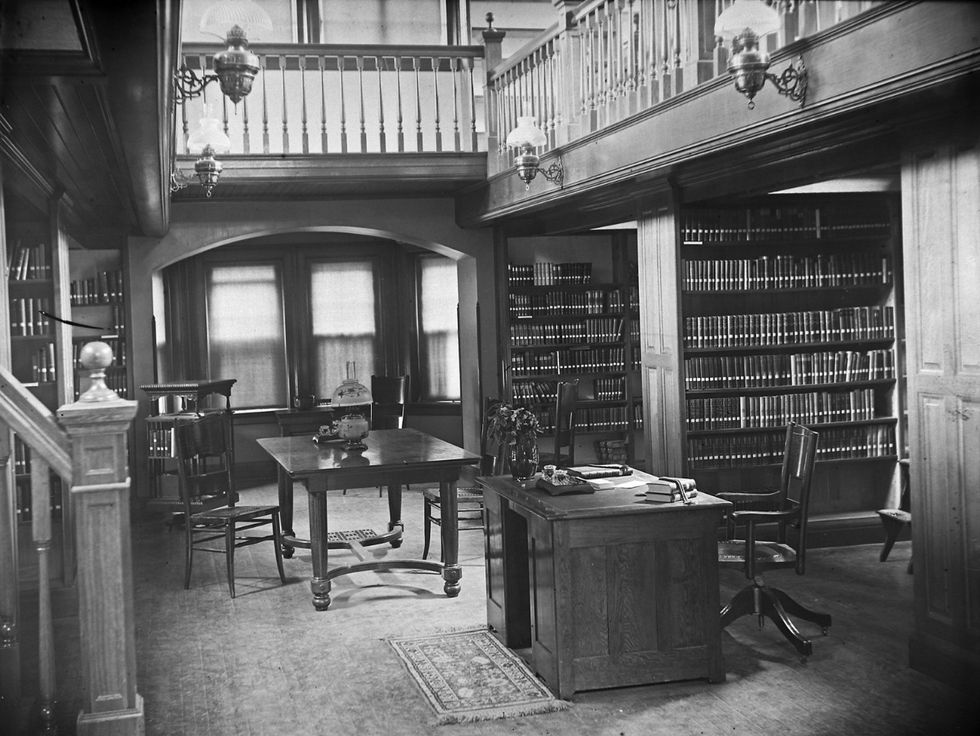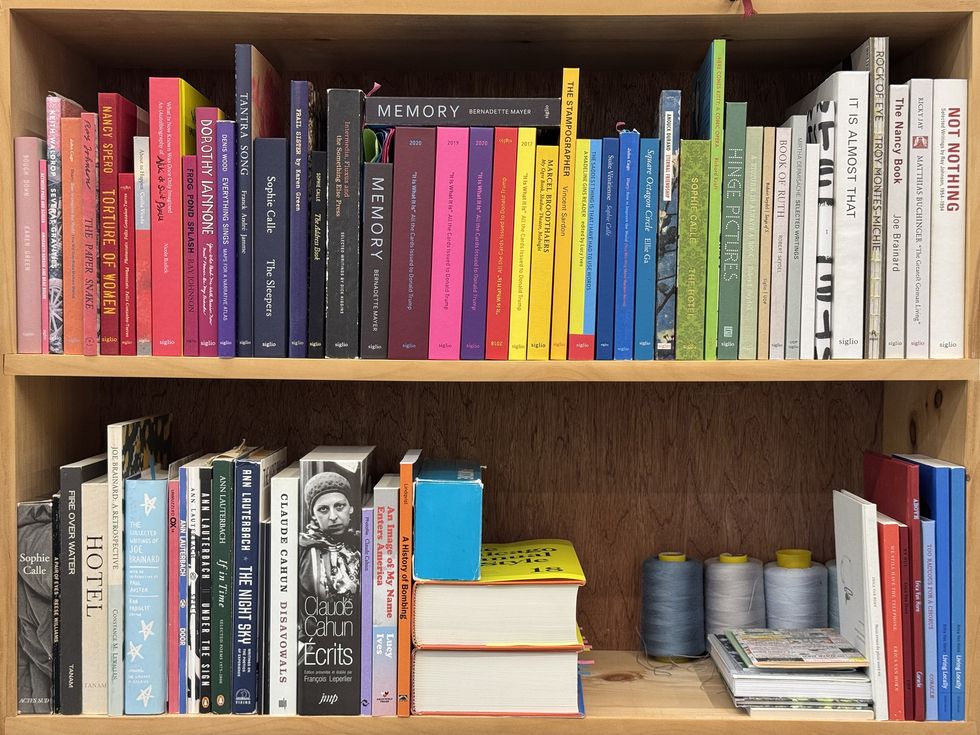A tribute to a lovely library that needs to grow

This photo of the Hotchkiss Library of Sharon was taken in 1900. The glass negative was reproduced by Sharon resident Jonathan Doster in 2008, when plans were first being made to renovate and expand the cozy library. Photo reproduced by Jonathan Doster


 Anthony Foley, rising senior at Housatonic Valley Regional High School, went 1-for-3 at bat for the Bears June 26.Photo by Riley Klein
Anthony Foley, rising senior at Housatonic Valley Regional High School, went 1-for-3 at bat for the Bears June 26.Photo by Riley Klein 
 Uncommon books at the intersection of art and literature.Richard Kraft
Uncommon books at the intersection of art and literature.Richard Kraft



